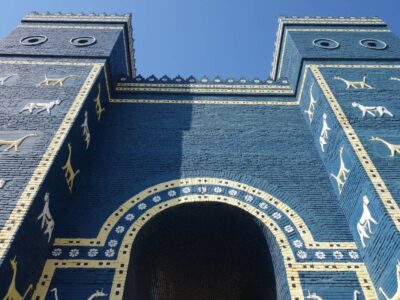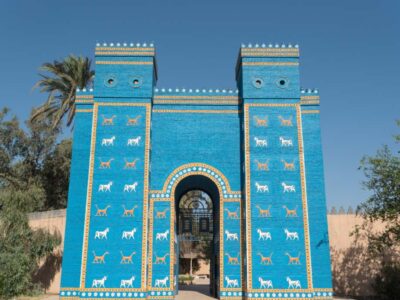Table of Contents
The ancient city of Babylon, located in present-day Iraq, is a must-see destination for history and archaeology enthusiasts. You can travel to Babylon, a city founded in 1894 BC, and a place that was one of the most influential cities of the ancient world, serving as the capital of the Babylonian Empire.
When you visit Babylon city Iraq, you can explore the remains of the famous Hanging Gardens, one of the Seven Wonders of the Ancient World, as well as the impressive ruins of the palace of King Nebuchadnezzar II. The city also features the Etemenanki Ziggurat, a massive terraced structure thought to have been a temple dedicated to the god Marduk. Our Iraq tours departing from Baghdad offer the opportunity to immerse yourself in the rich history and culture of the fascinating Babylon ancient city.
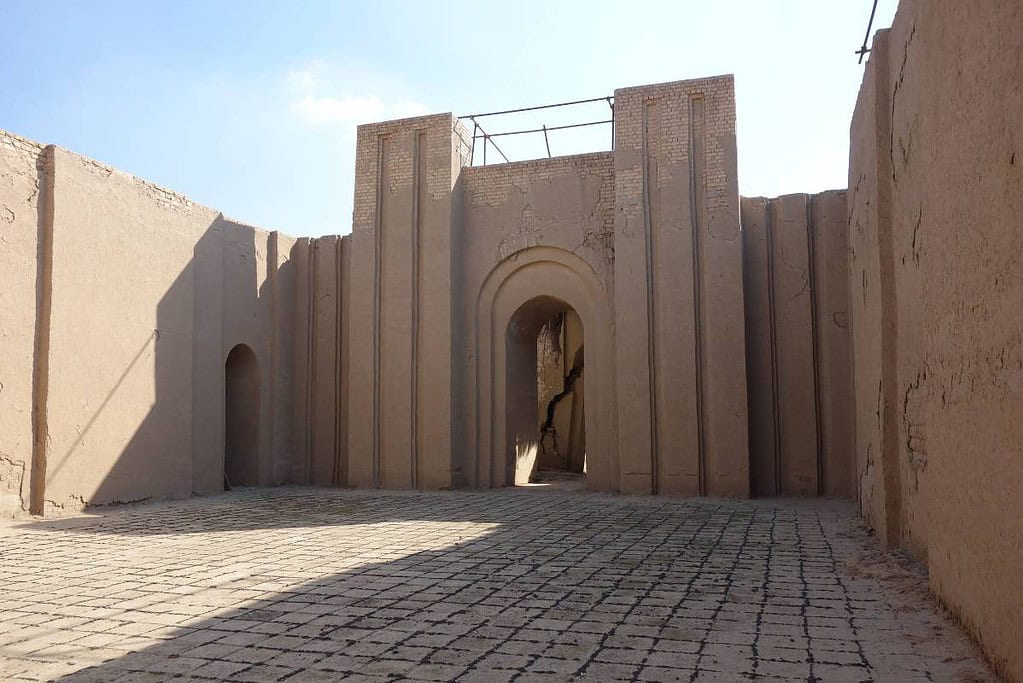
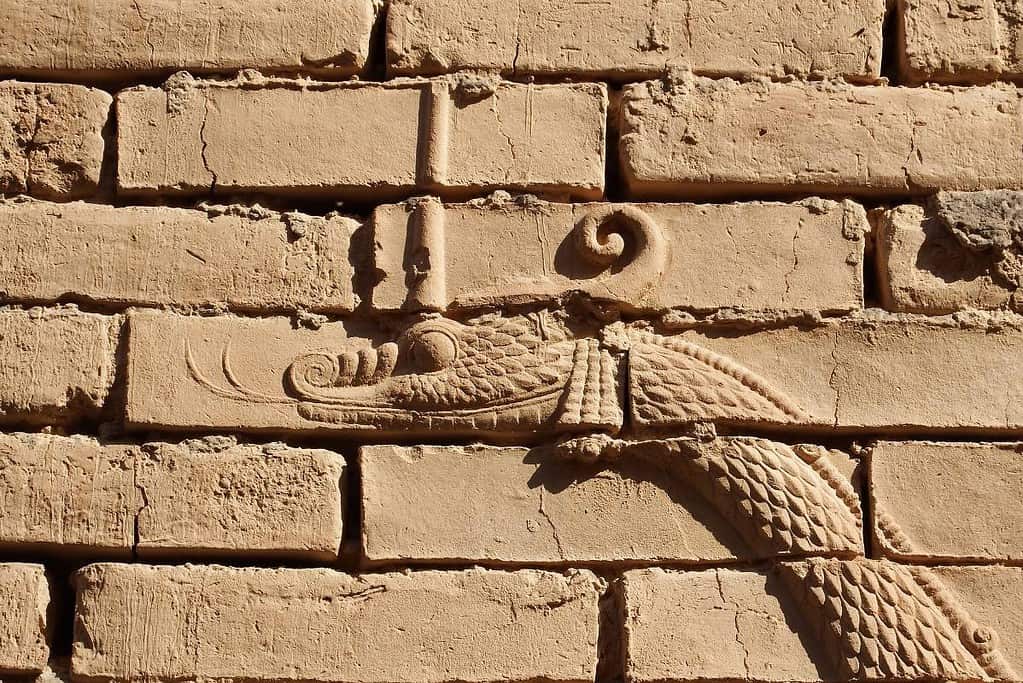
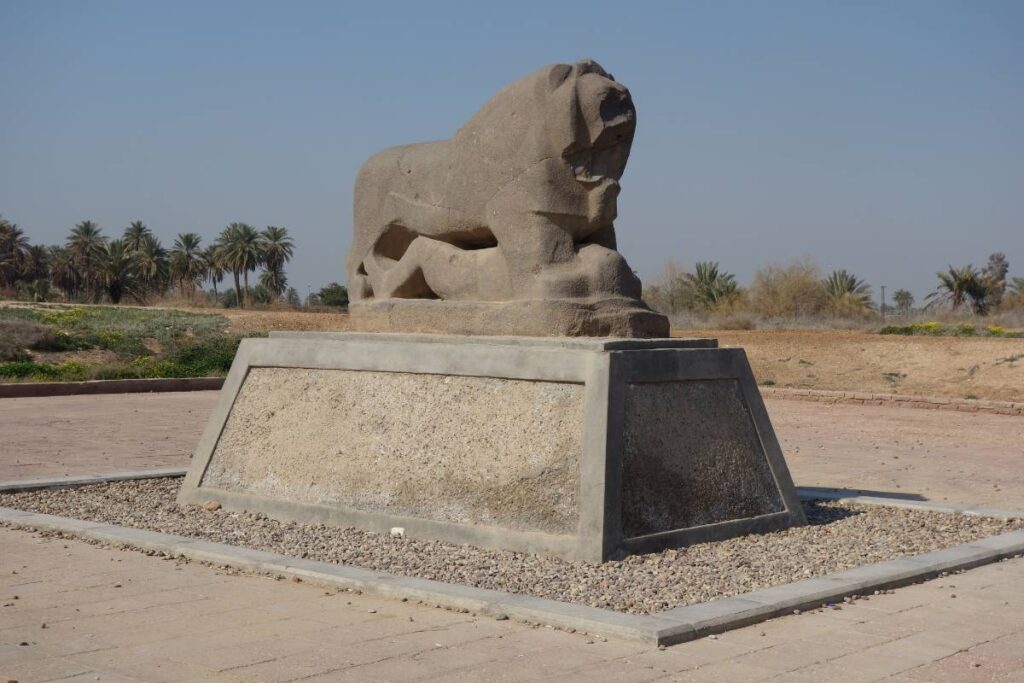
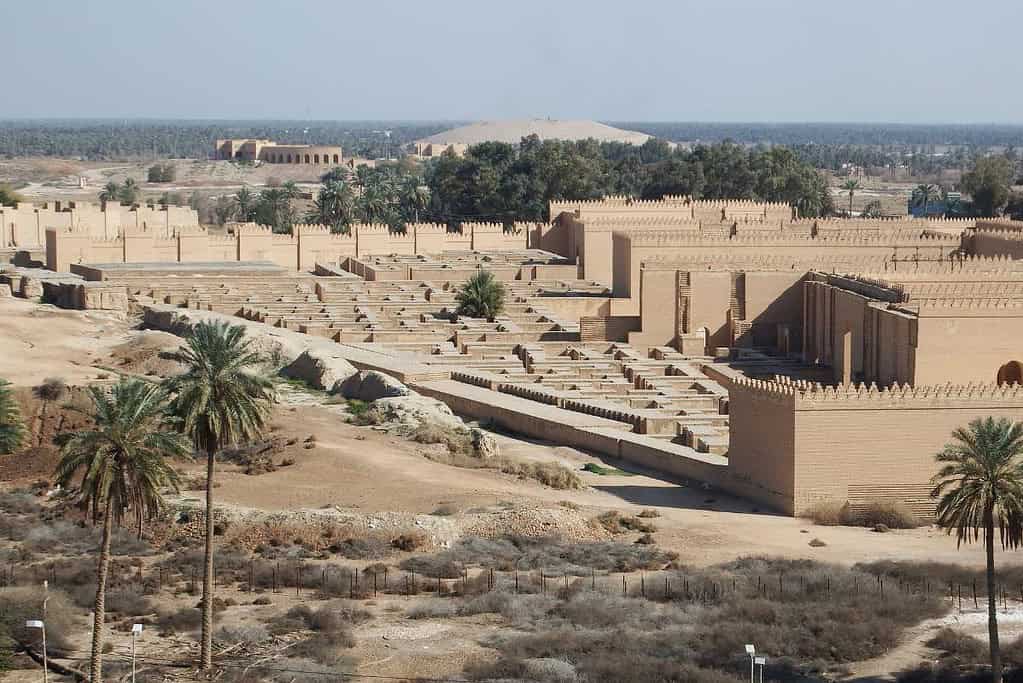
Babylon
” The Babylonian Empire was the most powerful state in the ancient world after the fall of the Assyrian empire (612 BCE). “
Curiosites about Babylon.
- The ancient city of Babylon location is in present-day Iraq and was founded and built in 1894 BC.
- Babylon the city served as the capital of the Babylonian Empire and was one of the most influential empires of the ancient world.
- The Hanging Gardens of Babylon, one of the Seven Wonders of the Ancient World, was located in the city.
- The palace of King Nebuchadnezzar II who ruled the Babylonian Empire during its height of power, is a prominent feature of the city’s ruins.
- The Etemenanki Ziggurat is a massive terraced structure and is thought to have been a temple dedicated to the god Marduk.
- The largest city of the ancient world was known for its impressive architecture including the use of baked brick and the development of the arch.
- Iraq’s ancient city was also known for its impressive irrigation systems and agricultural innovations.
- Babel was captured and destroyed by the Persian king Cyrus the Great in 539 BC.
- In the 19th century the ruins of Babylon were rediscovered by the British archaeologist Austen Henry Layard.
- Today, the ancient city of Babylon is a UNESCO World Heritage Site and a popular tourist destination.
- You can make an Iraq visa on arrival and visit Babylon.
- You can make a Babylon day trip from Baghdad, or visit Babylon while booking one of our tours.
Visit Babylon
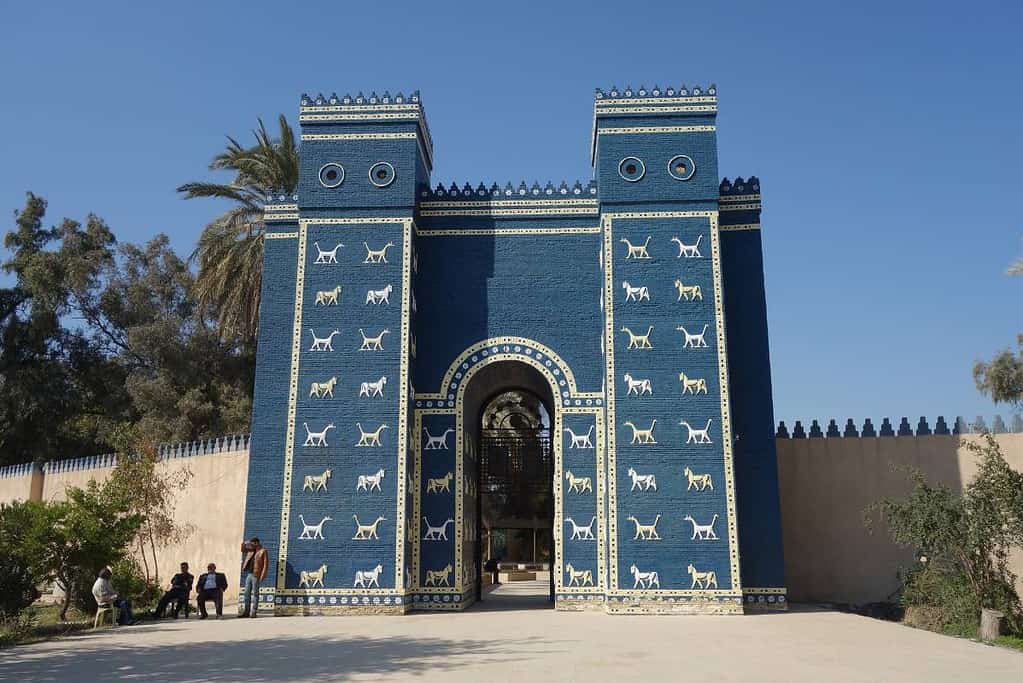
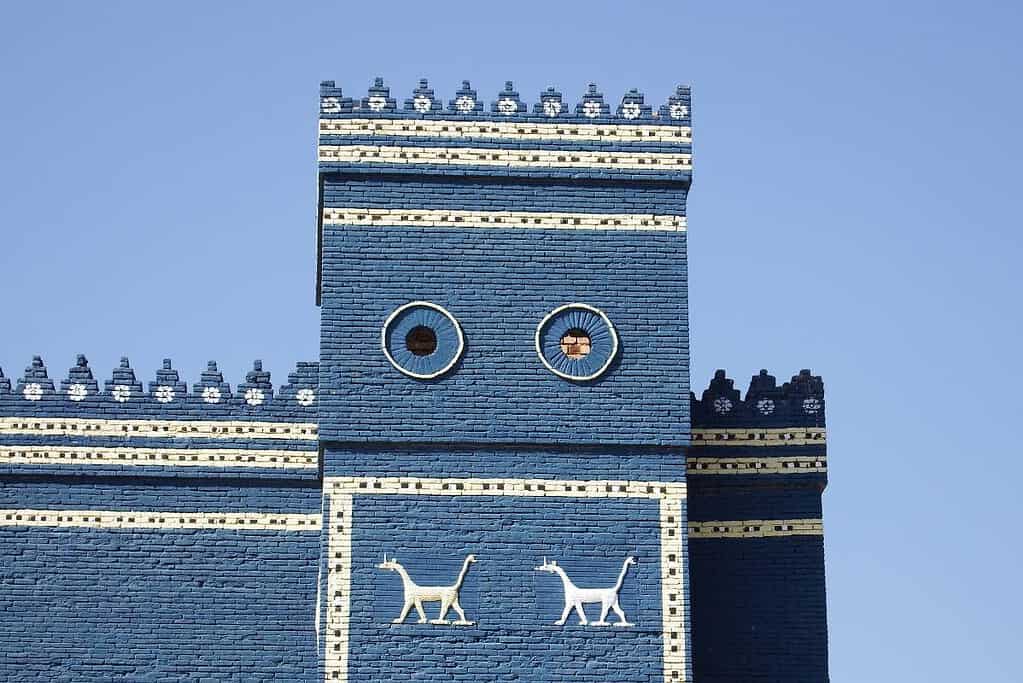
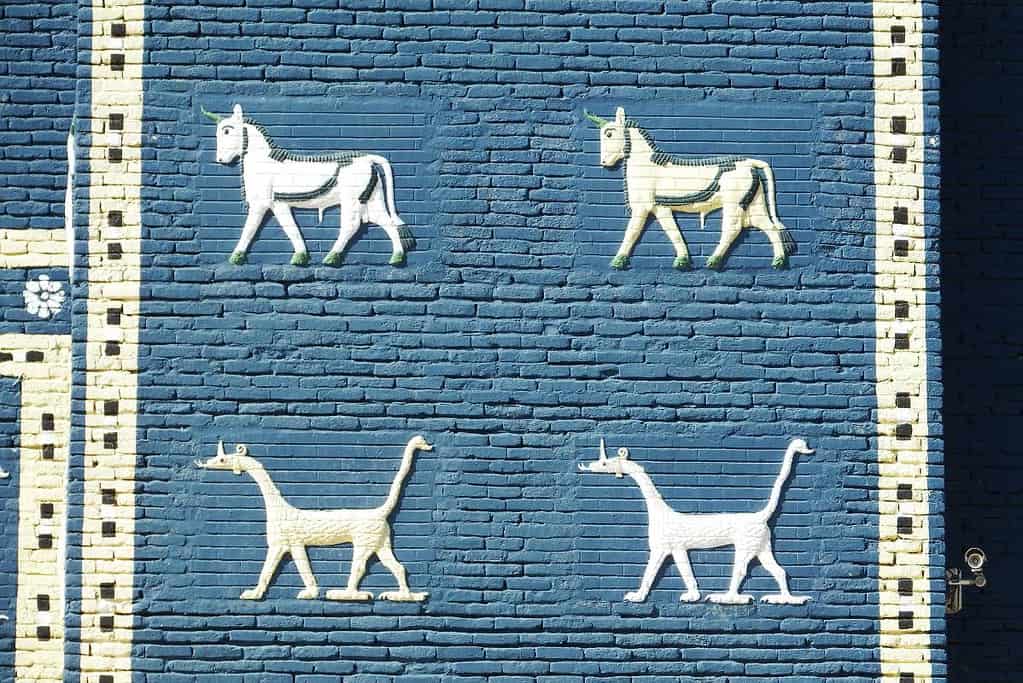
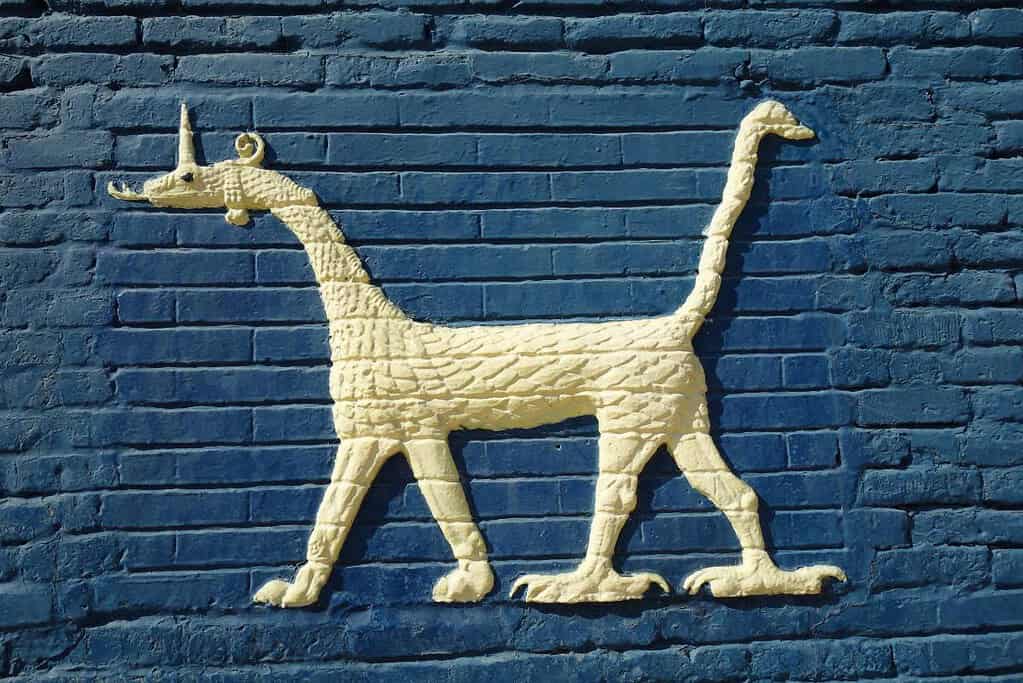
The Hanging Gardens in Babylon is one of the seven wonders of the ancient world. It was a beautiful garden that was built on top of a tall building. The garden was full of different kinds of plants and flowers, and it had a system of water channels that watered the plants. People say that it was so beautiful that it looked like a green mountain in the middle of the city.
The Ishtar Gate in Babylon was the main entrance to the city of Babel in Iraq. It was decorated with blue and yellow tiles and it had pictures of different animals and gods on it. The Ishtar Gate was so big and beautiful that it made people feel like they were entering a special place. It was so impressive that even today, it still stands as one of the most visited tourist attractions.
The Processional Way in Babylon was a long road that led from the city gates to the temple of Marduk. It was lined with statues of lions and dragons, and it was used for special ceremonies and festivals. People would walk down the road to the temple to honor the god Marduk. The Processional Way was a grandiose road, that made people feel like they were part of something special.
The Temple of Marduk in Babylon was the most important temple. It was the home of the god Marduk, who was the most important god in the city. The temple was very big and had many rooms. The Temple of Marduk was decorated with gold and jewels, and it had a big statue of Marduk inside. This temple was where people would come to pray and make offerings to the god. It was considered the heart of the city, and the center of all religious activities.
The Palace of Nebuchadnezzar II in Babylon was the home of the king. It was a very big palace with many rooms and courtyards. It had a beautiful garden and a big throne room where the king would meet with his advisors. The Palace of Nebuchadnezzar II was an impressive palace, where people would marvel at the grandeur and luxury in which the king lived. A place that truly represented the power and wealth of the king and the city.
The Lion of Babylon
Discovering the mighty Lion of Babylon, the Iconic monument of the ancient city of Iraq.

The Lion of Babylon is a statue located in Babylon the ancient city. It is a large sculpture of a lion that stands on top of a stone platform. The statue is believed to have been built during the reign of King Nebuchadnezzar II, who ruled Babylon from 605 to 562 BCE. The statue represents the strength and power of the king and the city. It is one of the most iconic and recognizable symbols of the ancient city and is a popular place for visitors to take photographs with.
Map of Babylon

- Marduk Gate: Ceremonial entrance to the inner sanctum of the Temple of Marduk.
- Ziggurat of Etemenanki: Massive stepped pyramid dedicated to the god Marduk.
- Temple of Ishtar of Akkad: Dedicated to the goddess Ishtar, who was the patron goddess of Babylon.
- Southern Palace: Complex built by Nebuchadnezzar II, which served as the main residence of the king.
- Ishtar Gate: Main entrance to the city and was decorated with intricate tile work depicting various animals and gods.
- Northern Palace: Complex located in the northern section.
- Processional Way: Roadway lined with statues leading from the city gates to the Temple of Marduk.
- Esagila: Massive temple dedicated to the god Marduk, which served as the religious and cultural center.
- Moat Wall of Nebuchadnezzar II: Defensive wall built by the king to protect the city from invaders.
- Nimetti-Enlil: Temple dedicated to the god Enlil, who was the god of wind and storms.
- Imgur-Enlil: Temple complex dedicated to the god Enlil and was one of the most important religious sites.
- Enlil Gate: Ceremonial entrance to the Temple of Enlil.
- King’s Gate: Grand entrance to the palace complex of Nebuchadnezzar II.
- Zababa Gate: Ceremonial entrance to the Temple of Zababa, the god of war.
- Outer City Wall of Nebuchadnezzar II: Defensive fortification built by the king to protect the city.
Babylon the city – Available tours
Photos of Babylon
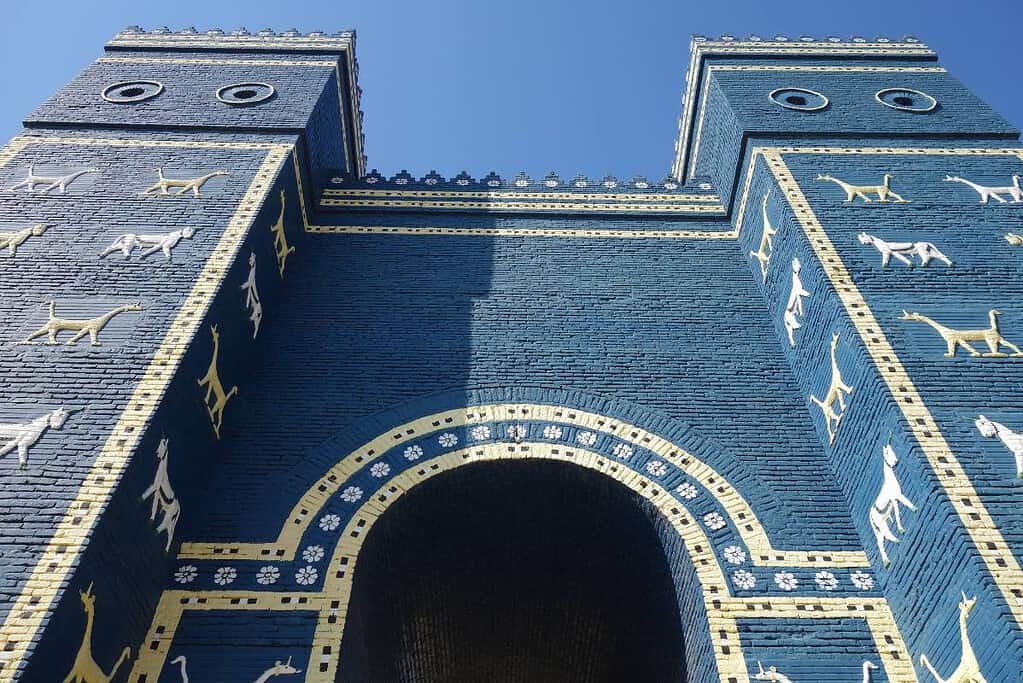




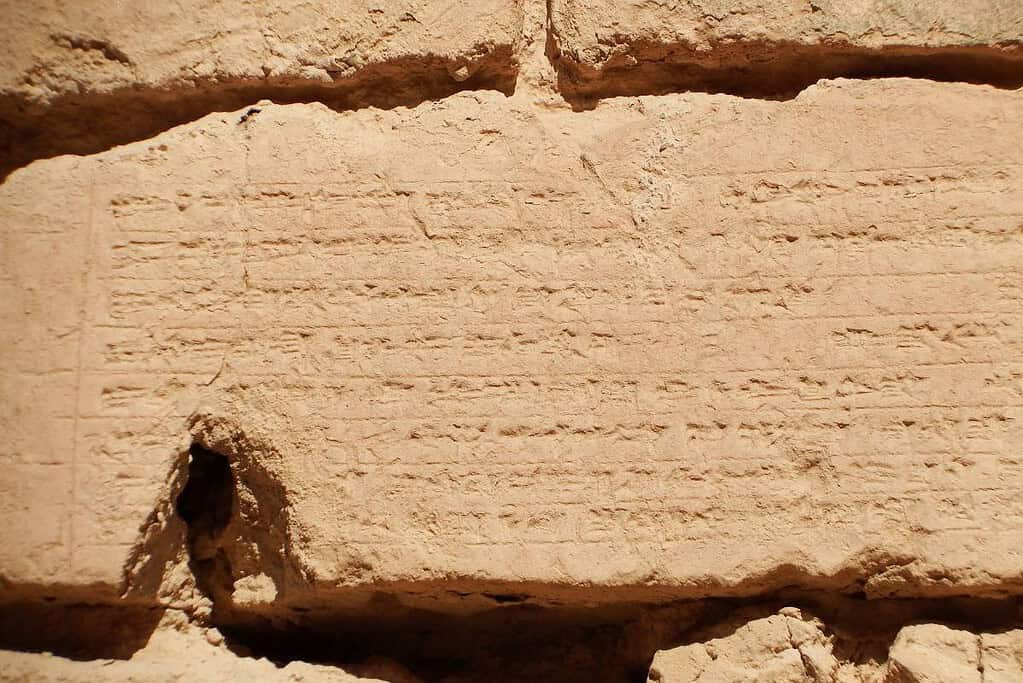


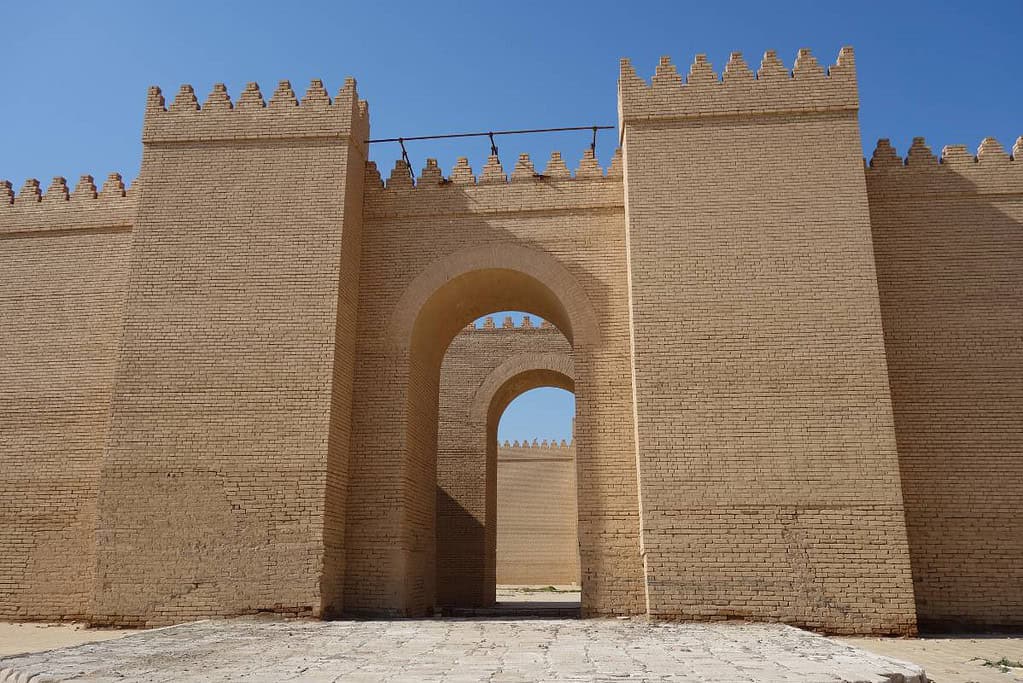

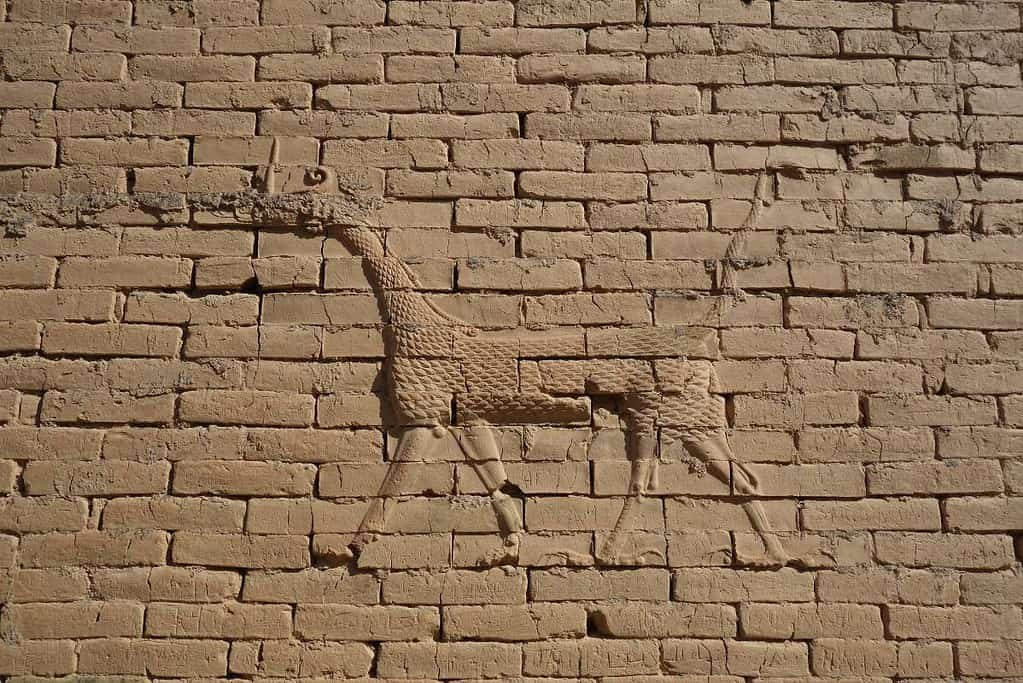
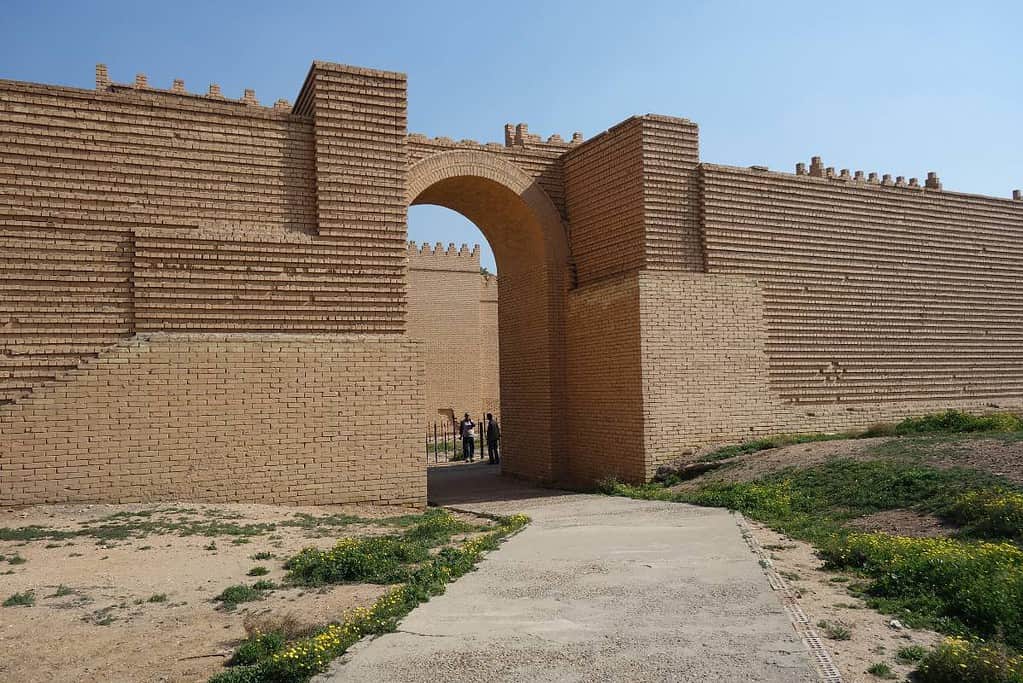
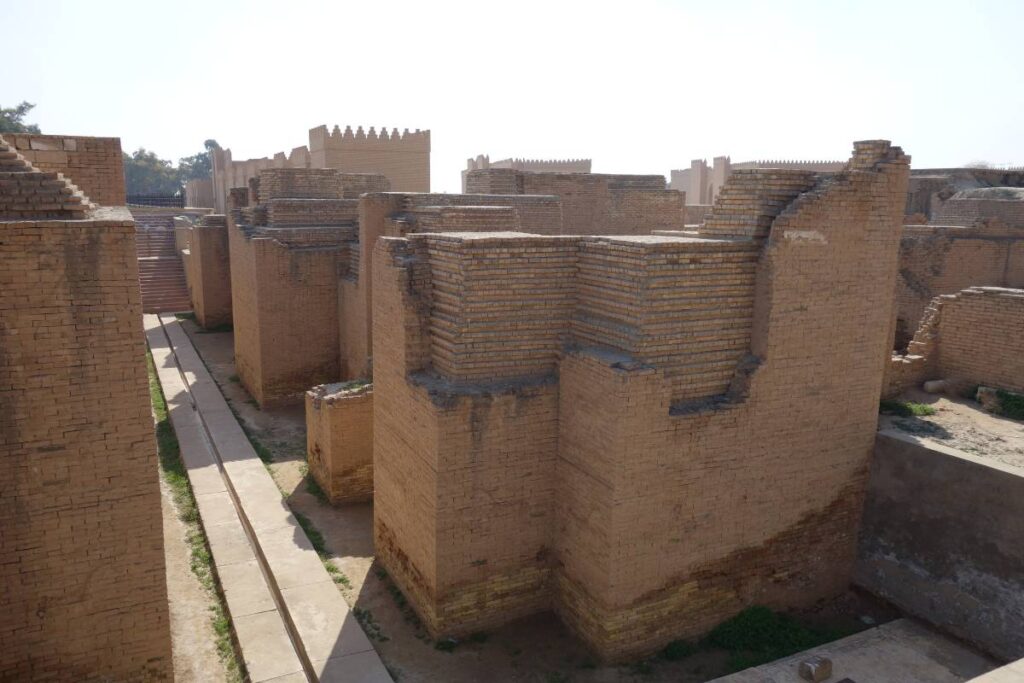
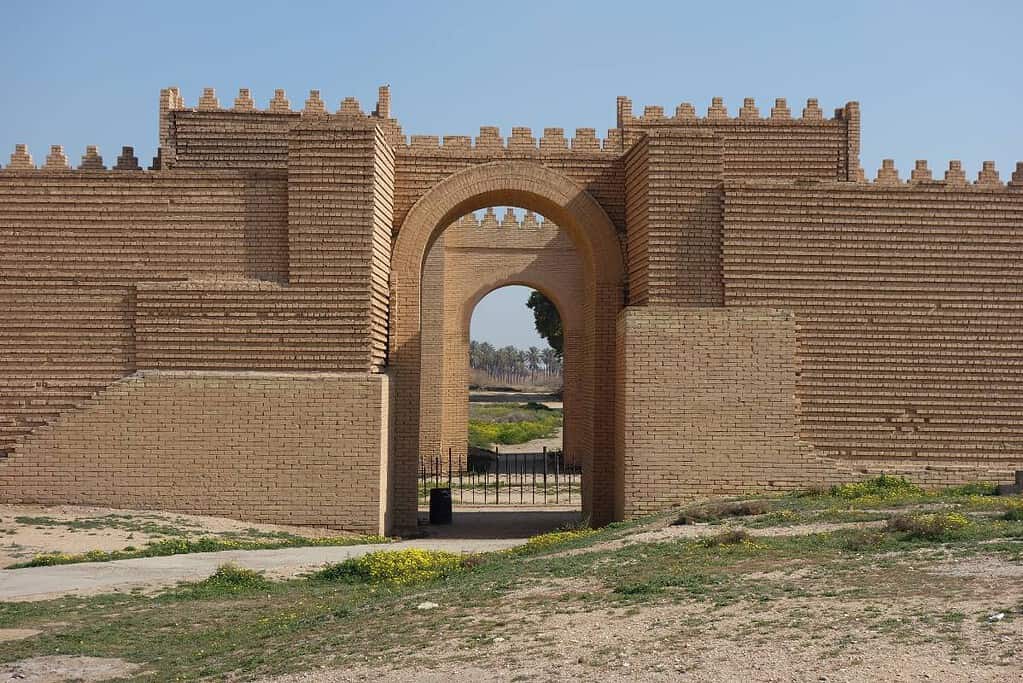
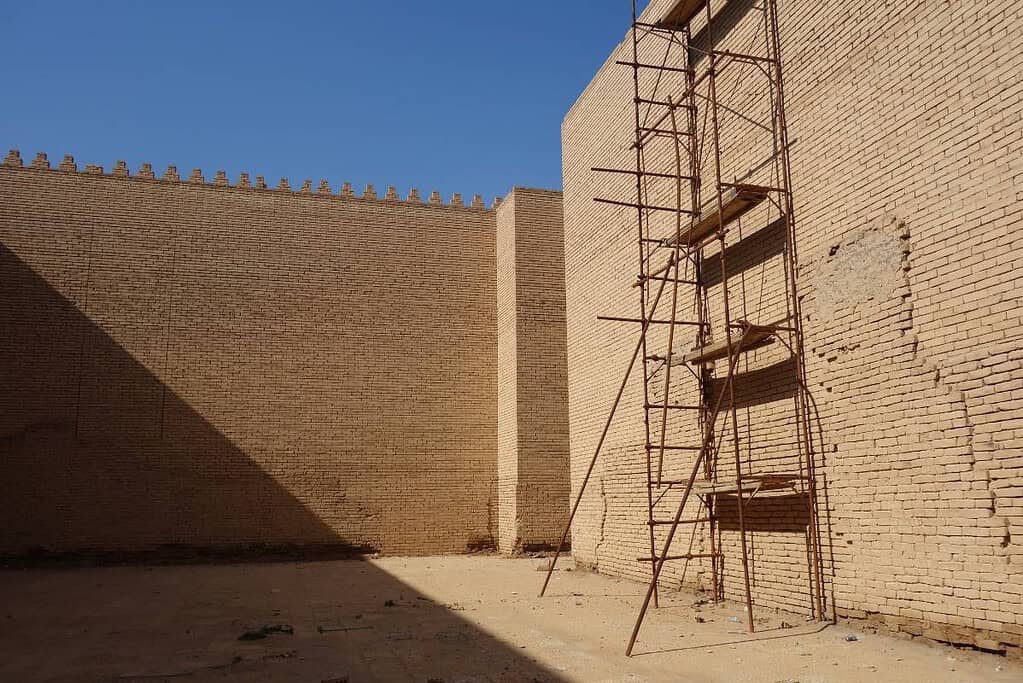
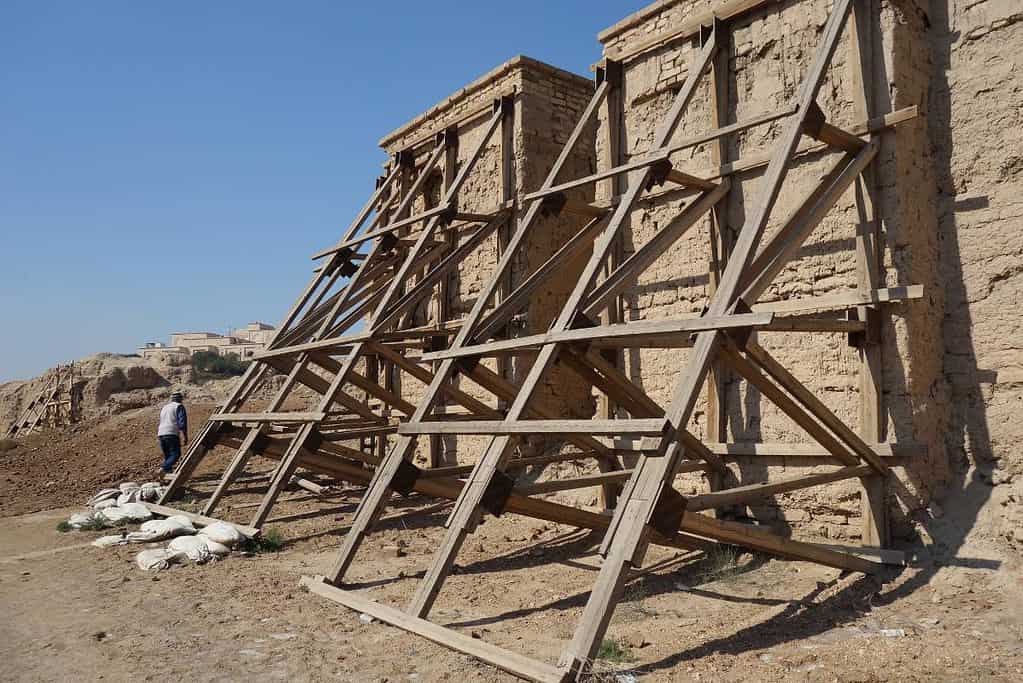
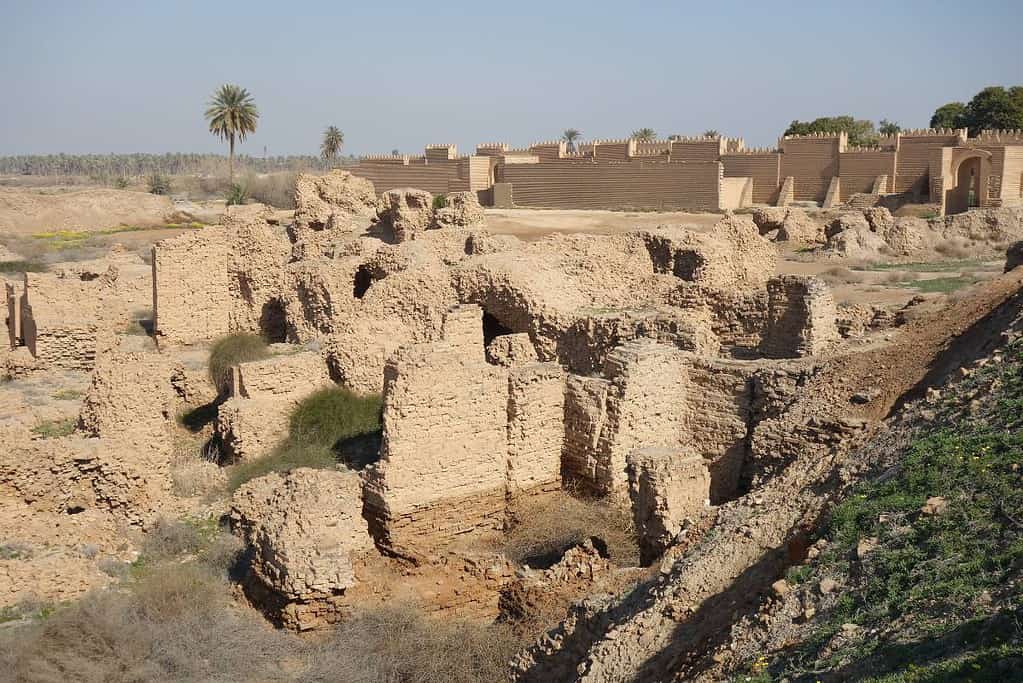
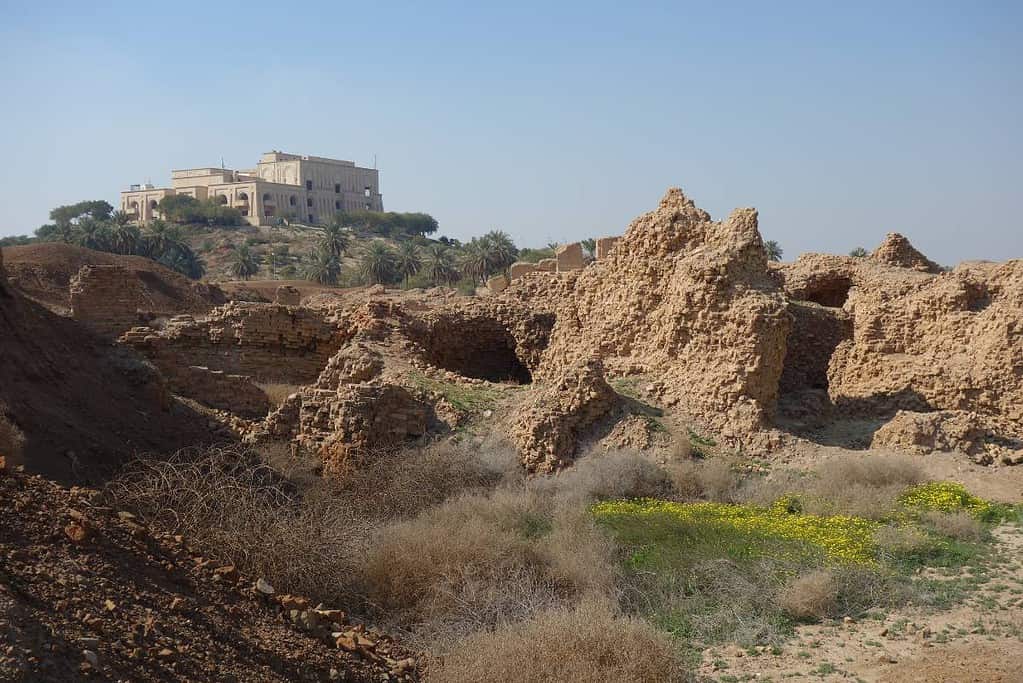

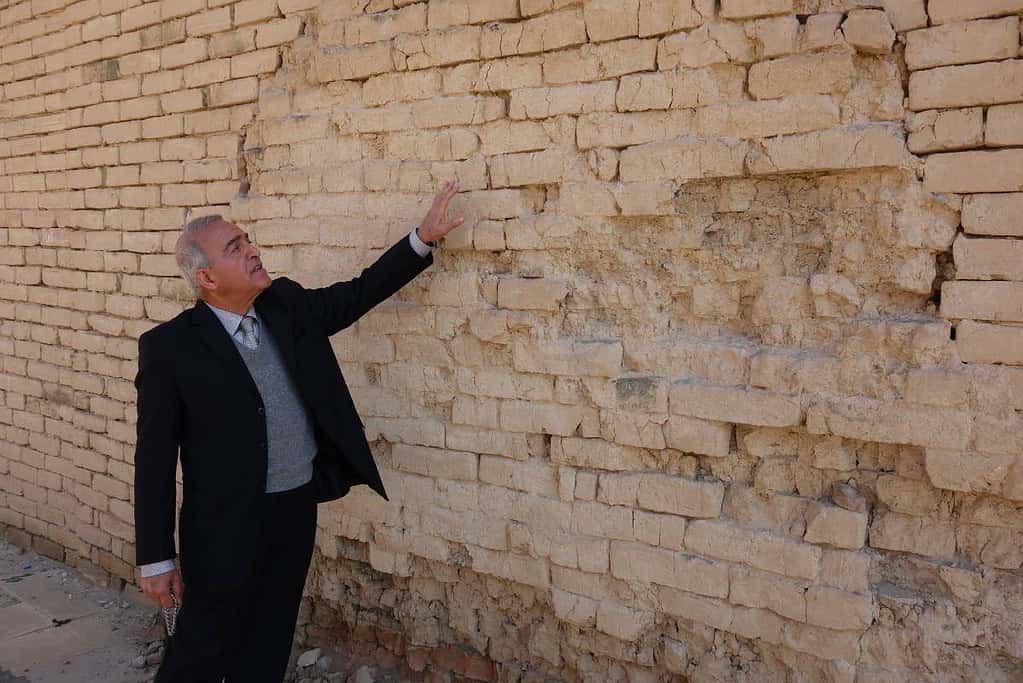
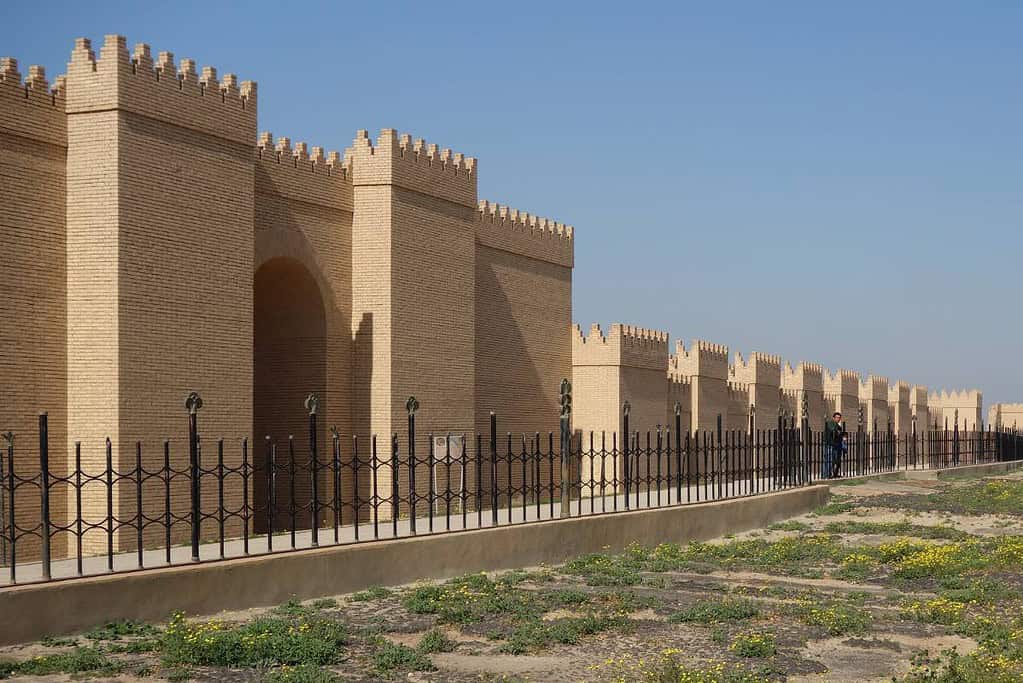
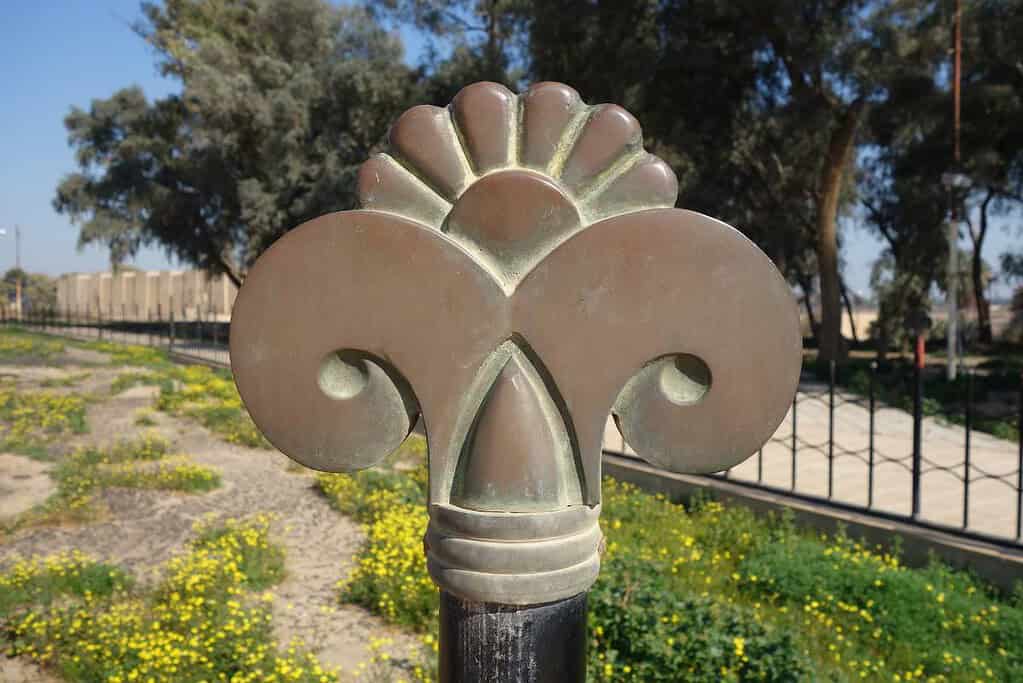

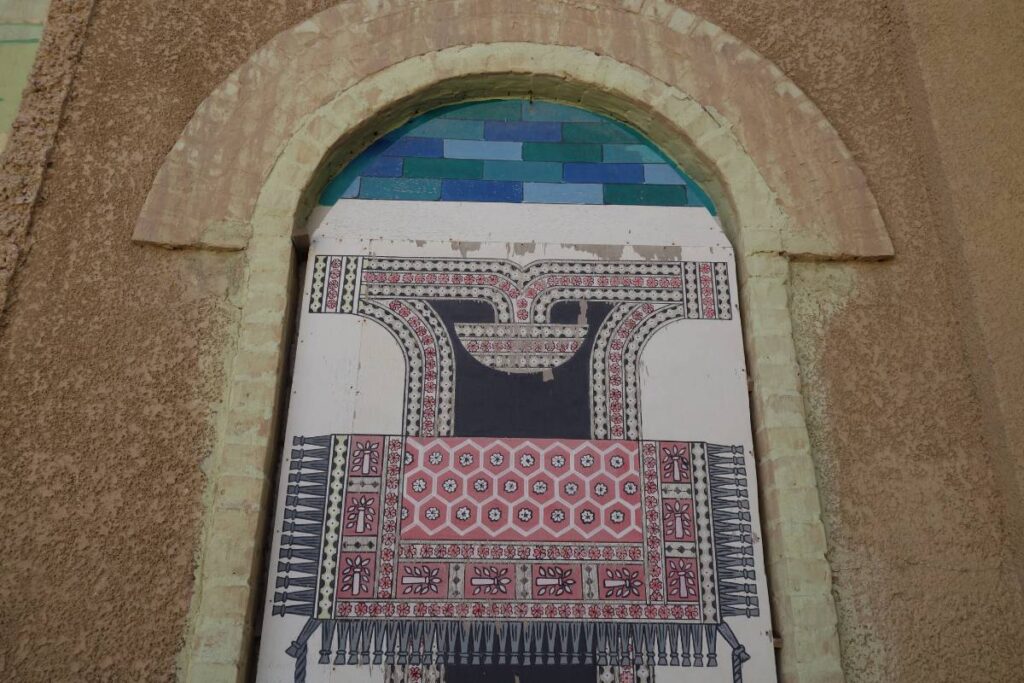
Explore Iraq
Navigate and explore Iraq on other pages of our website that showcase various interesting aspects of this incredible country.
[the-post-grid id=”50373″ title=”Iraq Main page”]

